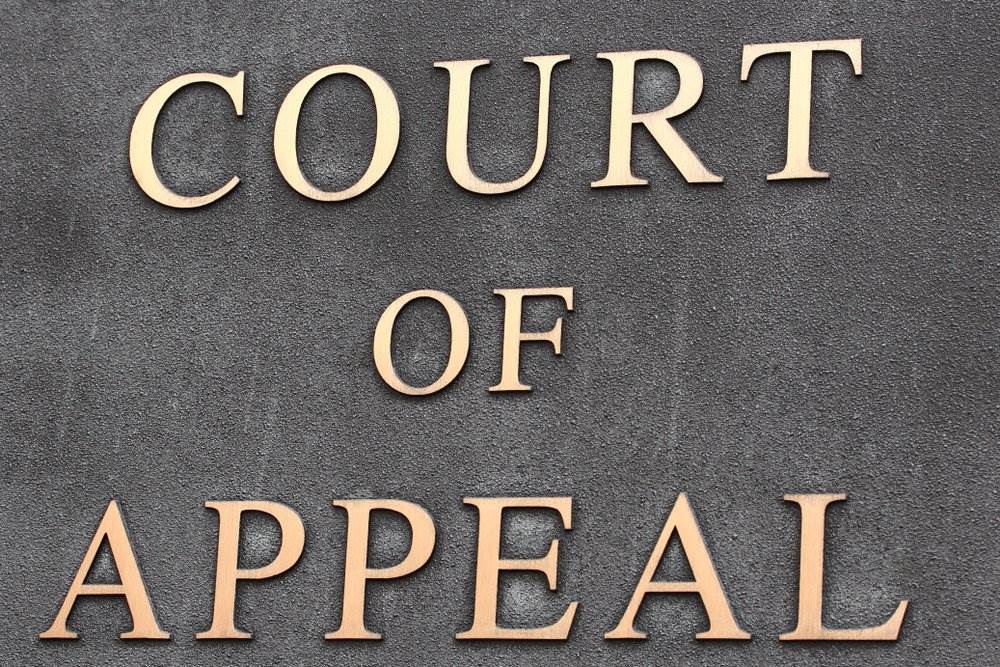Appeals

After a trial concludes, either party may submit an appeal challenging the verdict or sentence. Appeals are reviewed by the Appeals Chamber, composed of five judges, who reassess the fairness and legality of the trial outcome.
Basis for Appeal
The Appeals Chamber considers whether the original trial was compromised by key issues:
-
Procedural Errors
Examples include violations of due process, unfair treatment of the accused, or misconduct during trial proceedings. -
Legal Errors
Errors in applying or interpreting international criminal law, including misread statutes or incorrect rulings. -
Evidentiary Issues
Wrongful admission or exclusion of evidence that may have significantly influenced the outcome.
Appeals Procedure
- The Appeals Chamber reviews the trial record and written submissions; it does not rehear witnesses.
- Judges may:
- Reassess factual findings that appear unreasonable
- Reinterpret legal arguments and correct procedural flaws
The focus is on whether the trial was conducted in a fair, impartial, and lawful manner.
Possible Outcomes
Based on its review, the Appeals Chamber may:
- Uphold the original judgment and sentence
- Reverse the conviction or acquittal
- Amend the charges or sentence (e.g. reduce or increase punishment)
- Order a retrial if critical flaws are found
Roles in the Simulation
-
Appeals Judge 1, 2, & 3
Each judge drafts an individual ruling and works toward a chamber-wide majority or minority opinion. -
Appellant 1 (Losing Party at Trial)
Identifies specific legal or procedural errors and argues why the verdict should be overturned. -
Appellant 2
Proposes a preferred result—such as acquittal or sentence reduction. -
Respondent 1 (Winning Party at Trial)
Defends the trial verdict and challenges the basis of the appeal. -
Respondent 2
Argues for confirmation of the ruling or even an increase in sentence or conviction scope.